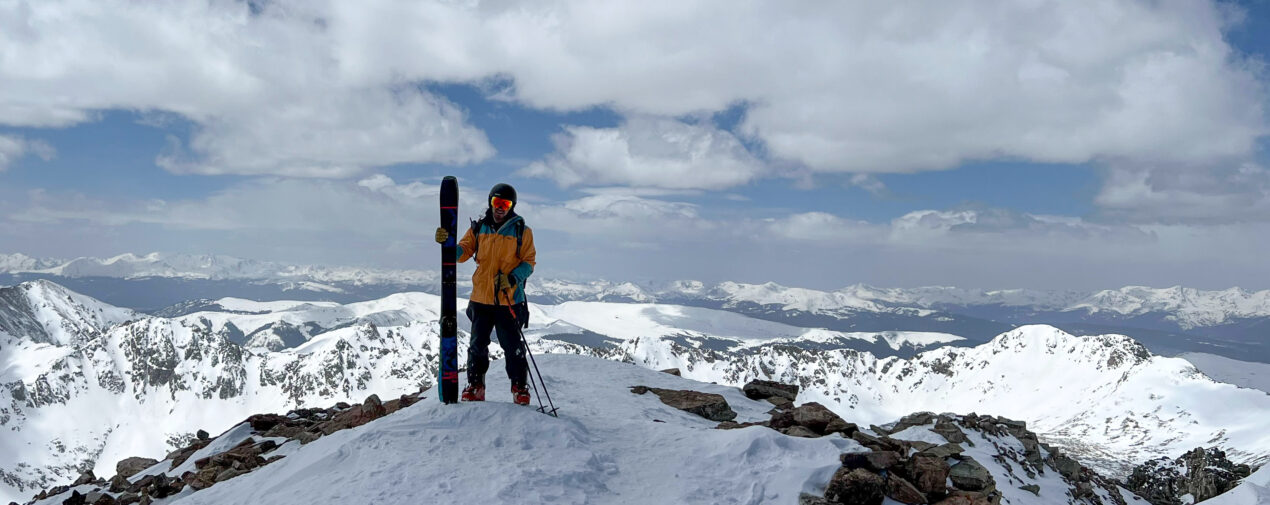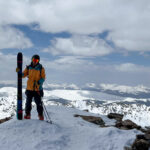A Physical Therapist’s Guide to Injury Prevention for Backcountry Skiing
Spring is here! Or at least, that’s what the calendar says. Here in the Rocky Mountains, we’re patiently waiting for the spring snow storms to settle down, the snowpack to heal, and the opportunity to chase more grandiose backcountry objectives above treeline.
What can we do in this downtime besides keeping it below 30 degrees in the backcountry or hitting our favorite in-bounds locations?
Injury prevention and strength training specific to the demands of our activity!
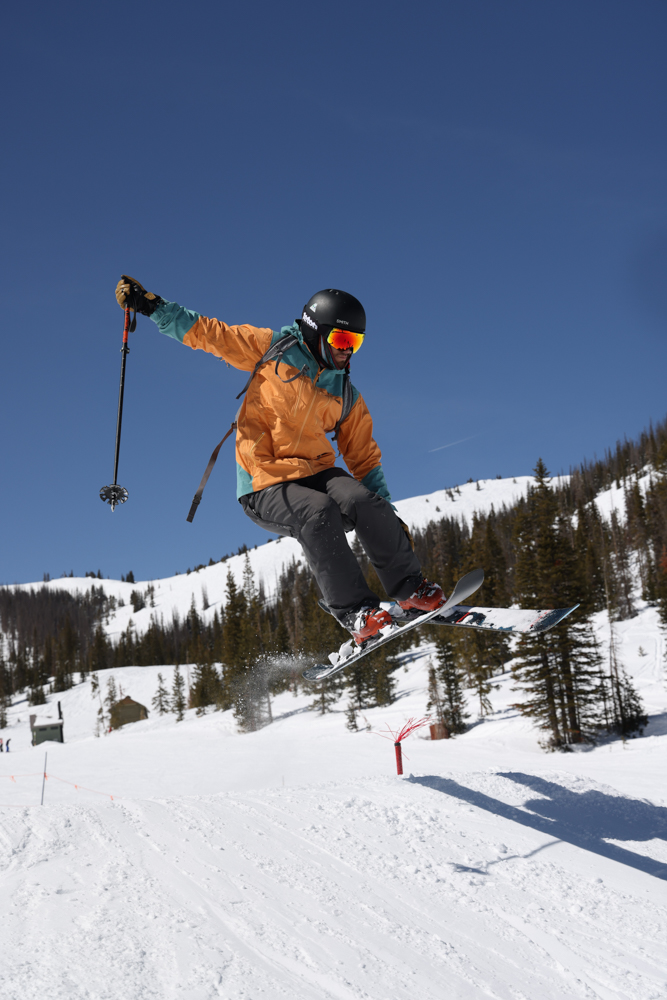
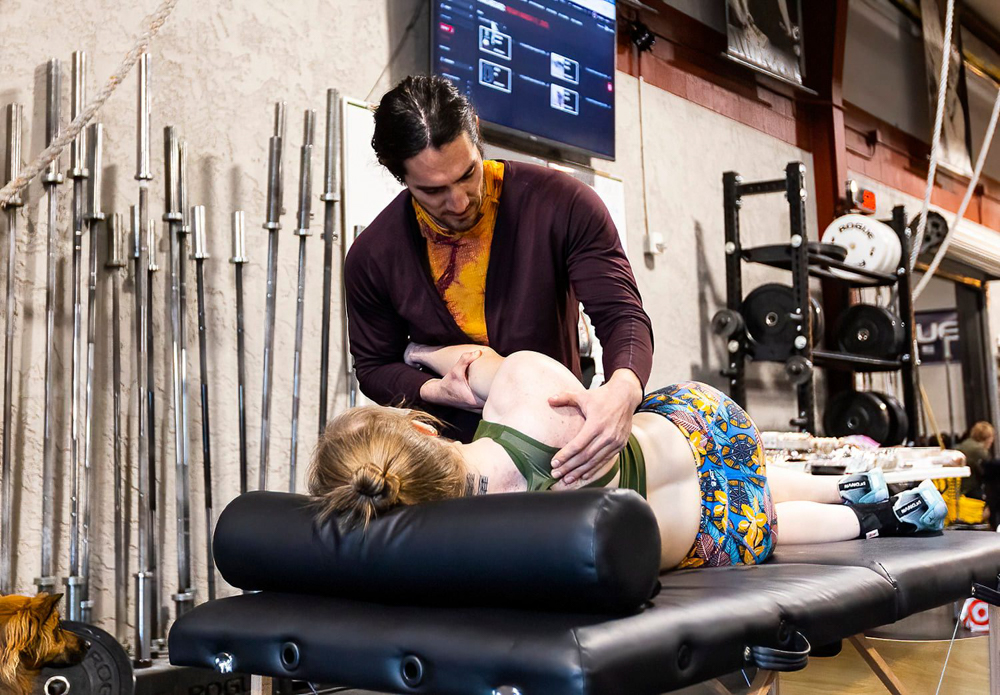
While most individuals get into mountain sports and then try to figure out how to train for it through word-of-mouth (my friend does “xyz” and it works for them), reading through forums online, or subscribing to various programs online from their favorite athletes with varying rates of success; I started from the opposite end of the spectrum — I spent over a decade in the dark, dingy gyms pumping iron and have only recently emerged from Plato’s Cave (Gym) to explore the great outdoors.
What was immediately apparent to me was how amazing sports like skiing, climbing, and mountain biking are and have made me truly appreciate nature in a whole new light. I also noticed a glaring disconnect between people’s training in the gym and the activities they did outside — while I may lack some of technical skills needed for these sports, my endurance and strength have allowed me to keep up with even the most seasoned vets on the up and downhill.
So, one of the primary objectives as a physical therapist and strength coach is to bridge the gap between the gym and outdoor sports — providing clarity as to how you can use the gym in the off months to prepare yourself for in-season activities like backcountry skiing. You’ll see improvements in your ability to send, your endurance on the uphill, and become more resilient to injuries.
Lower Body
Looking at the demands of the sport of backcountry skiing, the margins of safety are massively influenced by human factors. Establishing hard turn-around times, having plans and backup plans, and making choices can be the difference between a fun, safe day, and potential tragedy. Underlying these decision-making processes while out in the backcountry is rational thinking while under fatigue. Thus, improving your endurance, especially on the uphill, could give you some extra wiggle room by improving your movement efficiency, ability to clear out muscular fatigue, and make better decisions while tired.
Two great exercises to improve the prime movers during skinning and bootpacking up include the Banded Hip Flexor March and Quarter Hip CAR (Controlled Articular Rotation).
Banded Hip Flexor March
If your back gets tight while in the backcountry or you find your legs getting exhausted as you lift up your legs, addressing technique is important but also having improved stamina in the muscles responsible can help too. You get the bonus of training your abdominals as well.
Quarter Hip CAR
Another great exercise that again limits your ability to cheat with your back and will encourage you to use your hip musculature to generate movement. This exercise will challenge your mobility and strength seen in movements such as kick turns.
Upper Body
Why am I including upper body exercises?
Ever fall over in deep, soft pow? Using your poles to push the weight of your pack and your bodyweight can be a challenging experience, especially when fatigued. On top of that, the act of skinning/bootpacking up requires planting, pulling, and pushing with your arms on steeper sections.
Triceps Ext and Row
The triceps is responsible for extending (straightening) out your elbow and assists with shoulder extension (reaching behind you). This exercise covers both movements.
BW Lat pulldown
The latissimus dorsi muscle is responsible for helping you pull yourself up. I like this variation because it more closely mimics the position you might find yourself while stuck in the snow.
Balance, Vision, and Coordination
If you have a history of concussions or any sort of lower body injury, I highly encourage you to test and train your balance (proprioception, vestibular system, and vision). Underlying issues to these systems can increase your risk of further injury!
The best way to avoid injuries is by recognizing potential hazards such as roots, rocks, other people and steering clear of them. This is where vision and coordination can be so important.
Single-Leg Stance VOR x1 and x2
Training your vision, vestibular system (inner ear), proprioception, and balance in one go. Note that in the video you can practice it with your leg straight which will challenge your hip and foot to a greater extent or perform it with your knee bent for a bigger overall leg challenge.
The Final Word
A solid strength and conditioning program should be an integral part of an athlete’s regimen when out in the field whether that’s a soccer field or shooting down a couloir. Cultivating strength, mobility, balance, and coordination can not only improve athletic performance but can help stave away injuries that could force us to take time away from the activities we enjoy.
If you are still feeling lost, aren’t sure where to start, or have nagging issues that you’re working through, working with a qualified personal trainer or physical therapist could be a good start to ensure you have the best backcountry season possible.
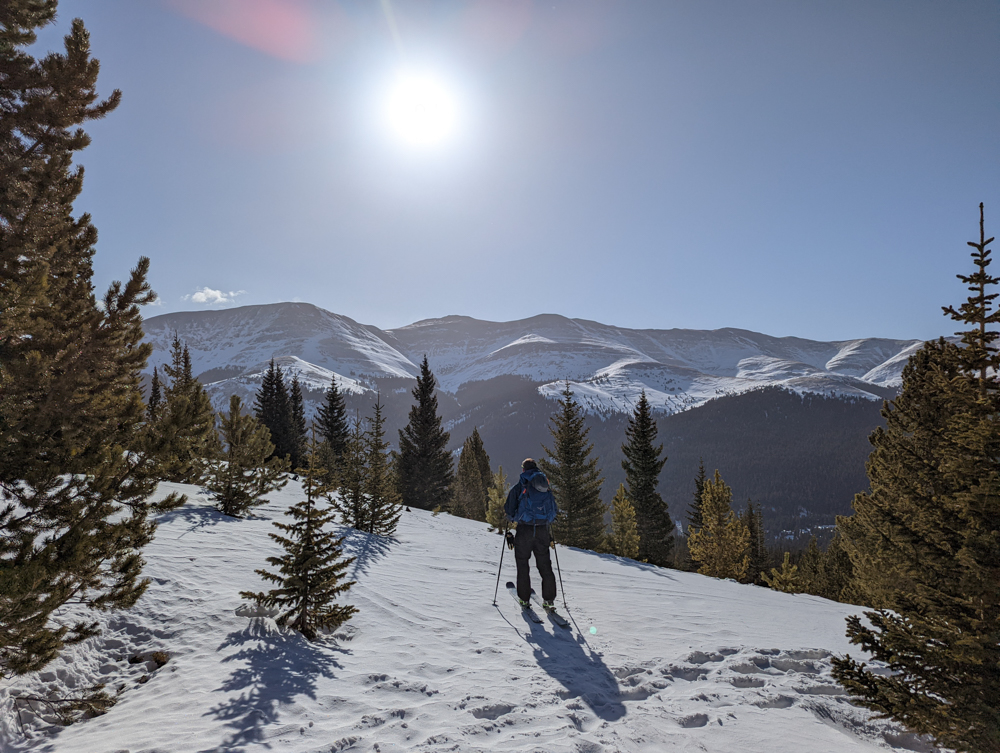
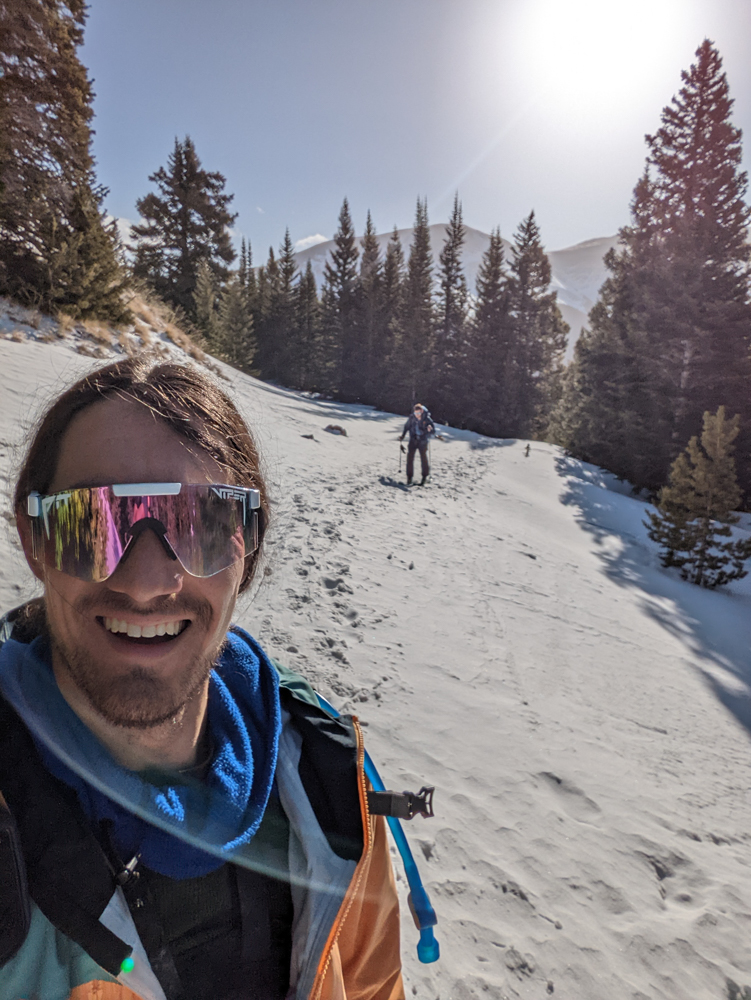
About the Gear Tester

Ryan Chaney
Ryan Chaney is a Doctor of Physical Therapy and Certified Strength and Conditioning Specialist who operates a hybrid physical therapy and strength training business, Invictus Physical Therapy and Sports Performance, PC out of his hometown Colorado Springs, Colorado. He has over ten years of experience training athletes of all levels and specializes in helping CrossFitters, swimmers, and outdoor athletes recover from their injuries and perform at their highest level. Outside of work, you’ll find Ryan climbing, mountain biking, skiing, lifting weights, or spending quality time with his wife and their two dogs, Kona and Winnie.

